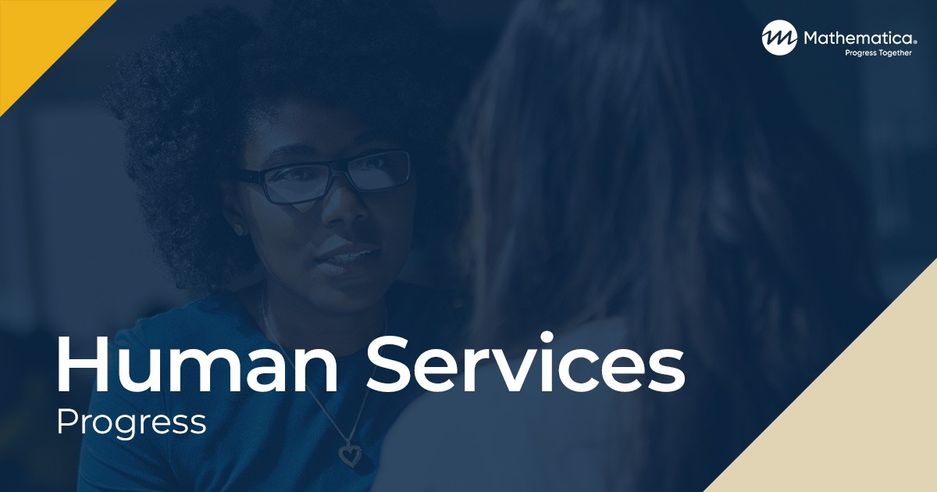A National Portrait of Head Start Children and Families: FACES 2014
Head Start: The Family and Child Experiences Survey (FACES)
Prepared for:
U.S. Department of Health and Human Services, Administration for Children and Families, Office of Planning, Research, and Evaluation

Key Findings:
- Head Start serves a diverse group of children and families.
-
- Hispanic/Latino children represent the largest ethnic/racial group of children in Head Start.
- Slightly less than half of Head Start children live with both of their biological or adoptive parents, reflecting diverse family structures.
- There is variation in the strengths and needs of Head Start families.
-
- More than three-quarters of the children live with one or more parents with at least a high school diploma or GED, and around half of the children live with at least one parent who is working full-time.
- However, two-thirds of the children live at or below the federal poverty threshold, with more than 30 percent living below 50 percent of the poverty threshold. Almost half of children’s parents report experiencing financial strain—such as being unable to afford the medical care or home they need—and one-third of parents report some level of food insecurity.
- Many Head Start parents face additional challenges, with more than 40 percent reporting some level of depressive symptoms, which may adversely affect their interactions with their children.
- Nevertheless, the majority of parents report engaging in a variety of home learning activities at the start of the program year. More than three-quarters report reading to their Head Start child at least three times in the past week.
- Children begin the Head Start program year with a range of prior experiences, skills, and needs.
-
- The language, literacy, and early math skills of Head Start children lag behind others of the same age in the general population, on average.
- Children’s cognitive and social-emotional skills vary by Head Start exposure (that is, newly entering children versus children returning for a second year), the age of newly enrolled children, and race/ethnicity.
This research brief describes the characteristics, well-being, and development of children and families at the beginning of the Head Start program year, using recent data from the Head Start Family and Child Experiences Survey (FACES 2014).
The purpose of this brief is to provide a national portrait of the characteristics and well-being of children and families and children’s school readiness skills at the beginning of the Head Start program year. The brief recognizes that understanding the characteristics and needs of the changing population served by Head Start is key to delivering responsive, high quality program services and for setting goals for the program.
How do you apply evidence?
Take our quick four-question survey to help us curate evidence and insights that serve you.
Take our survey
